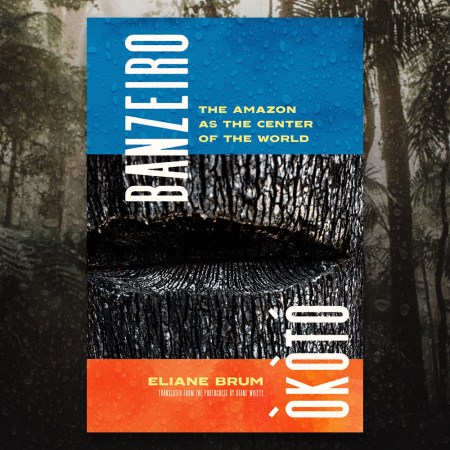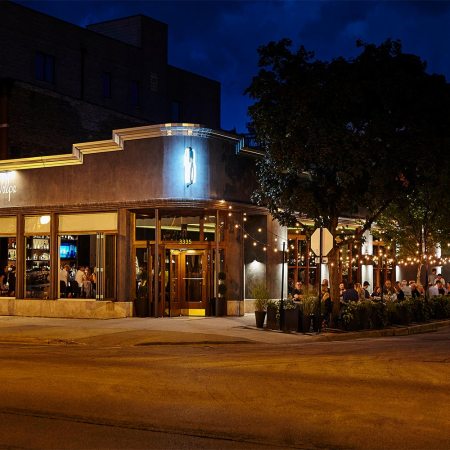Chicago makes for an excellent muse.
The city itself has been the subject of countless narratives, many of which have become required civic reading.
Here’s one more to add to the list: Rust Belt Chicago: An Anthology, a new book of essays, journalism, fiction and poetry inspired by the city we hold dear.
An oral history that aims to redefine Chicago for a new generation, this anthology goes beyond what you already know, while still being distinctly, utterly Chicagoan.
Published by the Cleveland-based Belt Publishing (whose books we’ve covered in the past), the paperback is the ninth in the Midwest publishing house’s City Anthology series. Past editions in the collection include Cleveland, Detroit and Cincinnati.
Belt Publishing City Anthology series
The Chicago anthology was collected and edited by Martha Bayne, whose resume is almost too long to succinctly summarize here. Just know she is a former long-time staffer at the Chicago Reader, as well as a current Senior Editor at Belt. She’s also the lady behind the Hideout’s legendary Soup and Bread night, which, many moons ago, your correspondent had the pleasure of participating in.
So, what makes Rust Belt Chicago a must-read?
For starters, none of the authors go by the name of Carl Sandburg, Nelson Algren, Gwendolyn Brooks or Sandra Cisneros. Which is to say: out with the old, in with the new.
Instead, contemporary voices come to the fore, from Bill Savage’s confessions as a “bi-sider” to David Isaacson’s writing on the myth of toughness in Chicago sports. Jake Austen on Riverview, Chicago’s last amusement park. Britt Julious on how summers on the West Side and in Oak Park begat the women she is today. Gina Watters’s anecdote about a Chicago cop and a can of pepper spray. Prose from Kevin Coval, who recently released a collection of poetry to much fanfare.
All in: 53 wholly original narratives. Add in a reprint of Aleksandar Hemon’s “Reasons Why I Do Not Wish to Leave Chicago”(here’s a reprint from Chicago Magazine), and you’ve got a well-rounded picture of the city that concerns place and displacement; peace and violence; isolation and community.
Point is: this one should be proudly displayed on your shelf or coffee table.
Because if there’s one thing you should know about the city as muse: no two people see her the same way. For inspiration, you just gotta know where to look.
This article was featured in the InsideHook Chicago newsletter. Sign up now for more from the Windy City.





















